
By Khairunnisa Musari, Assistant Professor, Department of Islamic Economics, Postgraduate Program and Faculty of Islamic Economics and Business, Kiai Haji Achmad Siddiq State Islamic University (UIN KHAS), Jember, Indonesia
The Generation Z or Gen Z population has the potential to speed up a country’s financial inclusion through digitalisation because they are more adaptable to technology. If supported by religious awareness, Gen Z’s great potential for technology will support financial inclusion toward positive inclusive development.
With that backdrop in mind, we conducted a Shariah financial technology (fintech) literacy survey on this generation group to study the knowledge and attitudes of Gen Z towards Islamic fintech.
In this case, we used Indonesia as an example of a Muslim majority country with a large youth population (Gen Z) constitutes a little over a quarter of its population of 75 million people. As the dominating group and the future of the Indonesian nation, Gen Zs play a crucial role in the country’s future development.
Conducted in early 2022, the total number of respondents in this survey was 609 respondents, of whom as many as 98.5% were Muslim, constituting 71.6% women and 28.4% men.
Based on the year of birth, most of the respondents, or 30.7%, were born in 2001, 30.5% in 2000, and 11.2% in 1999.
A total of 92.2% of respondents were students in higher education institutions, 2.5% were students in high school, and the rest had various statuses.
Knowledge of Gen Zs
A) Fintech Services


About 64.4% of the respondents described fintech as an innovation in the financial services industry that uses technology to carry out specific financial transactions to accelerate and facilitate aspects of the financial services provided.
As many as 50.6% say fintech is the digital technology within the financial services industry. However, there were respondents (22%) who considered fintech as a banking service such as SMS banking, internet banking, mobile banking, etc.; new technology in the digital era industry (14.3%); marketplaces such as Shopee, Tokopedia, Bukalapak, Lazada, etc (10%), and digital technology in the industry in general (9.5%).
On the types of fintech services, the majority of respondents (75.2%) recognised fintech in the form of digital payments and 48.4% described digital loans (pinjol). Some respondents also understood the types of fintech services as crowdfunding (30.5%), business financing (25.3%), financial planning (21.2%), investment risk management (15.3%), and e-aggregator (12%).
B) Digital Payment
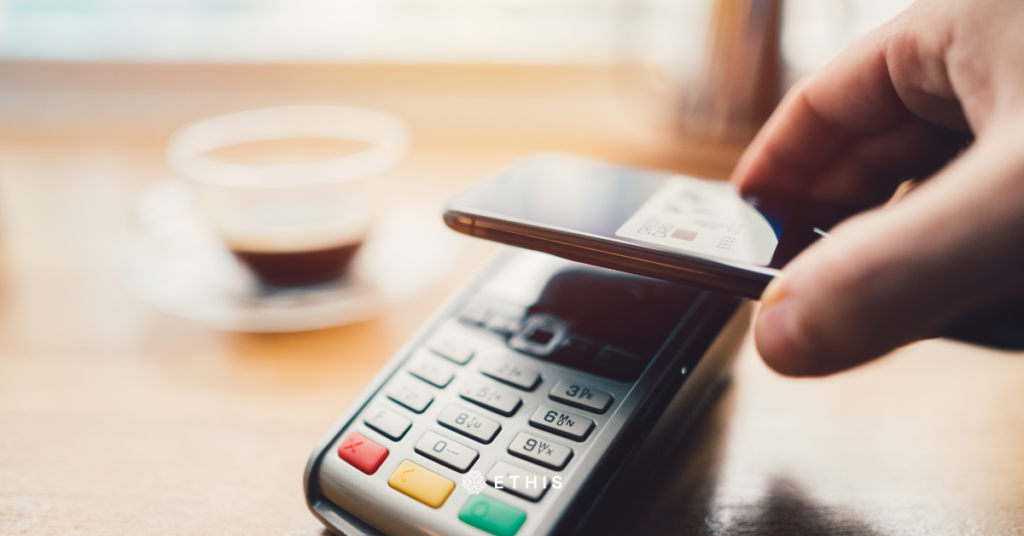

The majority of respondents have used applications such as Shopee Pay (47.3%), GoPay (37.6%), OVO (32.5%), Quick Response Code Indonesian Standard (QRIS) of mobile banking (21.2%), and Link AJA (16.9%). For shariah applications, 6.7% used Link AJA Syariah and 8.4% used QRIS for mobile banking of Islamic banks.
As a whole, data shows that Gen Z uses more than one platform of digital payment system applications.
There were respondents who don’t use digital payment applications. Their main reasons were: they don’t need it because daily transactions involve cash (57.5%), there is no urgent need to use it (33.9%), not yet interested even though this service is useful and easy (17.7%), not very familiar with digital payment system applications (11.8%), don’t have the desire and don’t really understand about this application (9.1%) and just lazy to create a new account (5.6%).
C) Peer-to-Peer (P2P) Lending
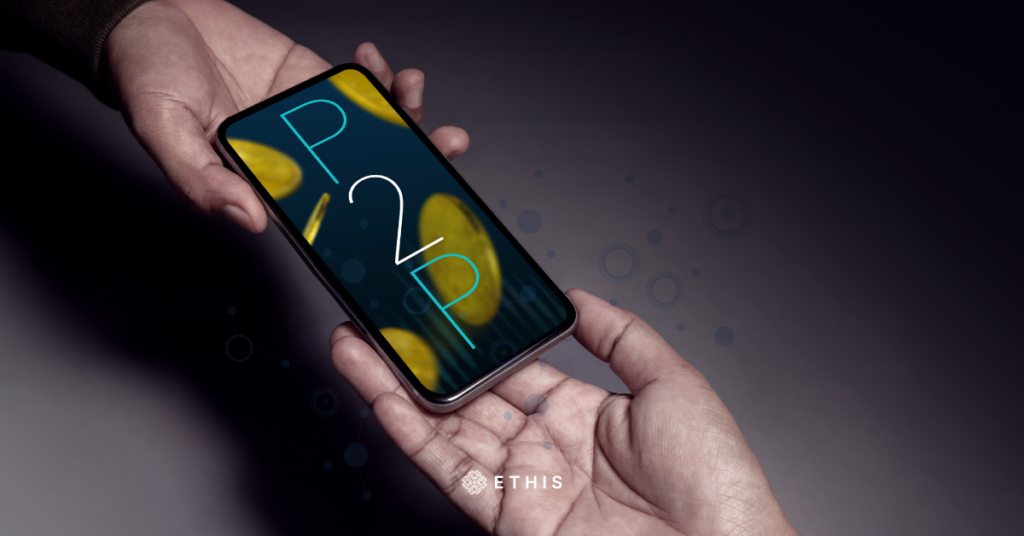

Of the 609 respondents, 95.7% never used a P2P lending service. However, as many as 65.2% of respondents understand that P2P lending is a digital loan, 20% understand that it can finance micro small medium enterprises (MSMEs), and 17.4% understand that it facilitates investors in doing investments. However, 22% of respondents believe P2P lending has low-interest rates.



Furthermore, this survey showed there are misunderstandings of the concept of P2P lending. About 4.6% of respondents believe that P2P lending is a means to buy pulse, tickets, tokens, etc. At the same time, 4.6% believed P2P lending is used to pay bills (electricity, telephone, leasing, insurance, etc.). This shows that Gen Z, despite being the most digitally savvy generation, is still not able to differentiate between P2P lending and digital payments.
Our survey found the first rank P2P lending service company which were accessed by respondents were Dana Syariah (17.7%), followed by Investree (9.6%), Kredit Pintar (9.1%), and Amartha (7.6%).
For respondents who never accessed P2P lending services, their reasons: They are not interested yet (46.6%), they do not understand this service (32.4%), there is no need yet (29.6%), they avoid borrowing money from financial institutions or anything similar because they do not want to be in debt (29.4%), they are afraid because there are many slanted stories about this service (12%), and they prefer to find a loan at the bank because it is more credible (4.1%).
D) Usage Intention
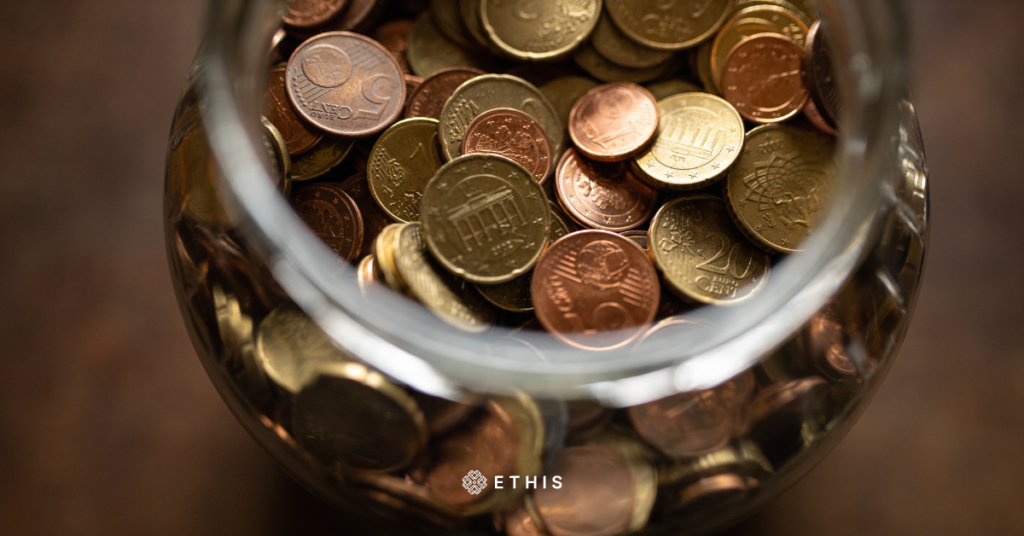

For respondents who use digital payment applications, their reasons were: It is helpful by facilitating online transactions (77.8%); saves money and time, convenient by not having to go out to the bank or payment outlet/office or purchase location (52.2%); helps make it easier to pay monthly bills, such as telephone, water, electricity, insurance, leasing, etc (39.7%); many discounts, promos, and cash back (38%); and helps make it easier to find transportation, buy food, deliver goods, etc (30.7%).
For respondents who have used or are currently using P2P lending services, the reasons are: Helpful, needing to just wait 1-2 days to get a loan quickly (23.8%); get a loan without collateral, the requirements are easy, just an ID card and fill out the data form (16.2%); get a loan at a very low-interest rate (15.7%); just need small funds so that they do not need to borrow from the bank (10.3%); can be an investment instrument by participating in MSME financing (10.3%); the money is not enough to pay for very urgent and emergency needs, so they tried an online loan application (4.9%).
The behaviour of Gen Z’s
Saving, Investment, and Donate/ZISWAF (Zakat, Infaq, Sadaqa, and Waqf)


The Gen Z surveyed are aware of the importance of having savings. There were as many as 46.9% who stated that they save every month in case of sudden needs in the future; 41.2% admitted that they try to save even though they cannot always do so consistently, and 31.8% admitted that they will save up when there is something they want to buy or do. About 3.7% of respondents will keep the changes after shopping, 2.9% of respondents never save, and 9% rarely save because money is always used up.
On the topic of investments, 65.8% of respondents say they often save but have not thought about investing; 13% say it is hard to save and so impossible to invest; 12% say they save to buy gold in the future; 9.4% regularly set aside funds to buy shares or mutual funds or anything similar; 3.9% save to buy rice fields or land; 0.7% save to invest in insurance for children’s education; and 0.5% save to buy sukuk.
However, the most exciting finding of this survey was the enthusiasm of Gen Z in regards to donating or engaging in ZISWAF (Zakat, Infaq, Sadaqa, and Waqf) as more than half or 52.3% responded. About 24.6% say they donate and help others, but never intend it as doing ZISWAF; 15.4% did donate/ZISWAF regularly, but since the pandemic, it’s become rare; and 12.3% still routinely set aside to donate/ZISWAF, even during the pandemic. The other 44.3% say they are unemployed and still funded by parents, hence don’t feel obligated to set aside money to donate or do ZISWAF. The respondents who had never donated/ZISWAF at all were only 2.8%.
Furthermore, as many as 47.7% of respondents always or often donate/ZISWAF in cash directly to the person they give to; 23.8% of respondents donate/ZISWAF using digital payment applications; 20.4% use cash and digital payment to donate/ZISWAF. Lastly, as many as 5.6% still transfer through a teller at the bank. Interestingly, only 4% of respondents admitted they never donate/ZISWAF via digital payment application at all.
All in all these findings show that Gen Zs are truly digital natives.
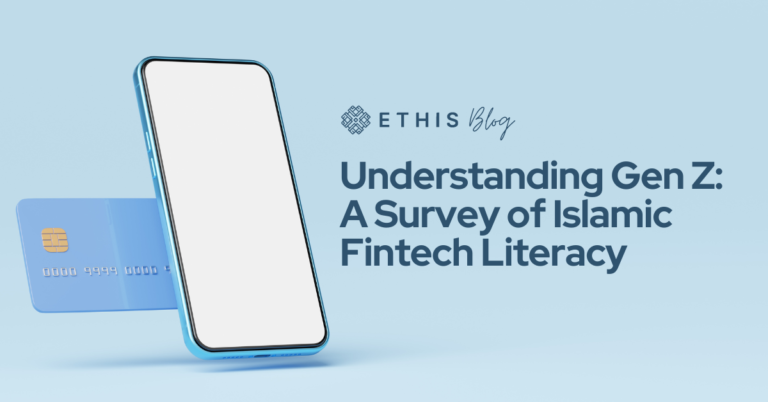



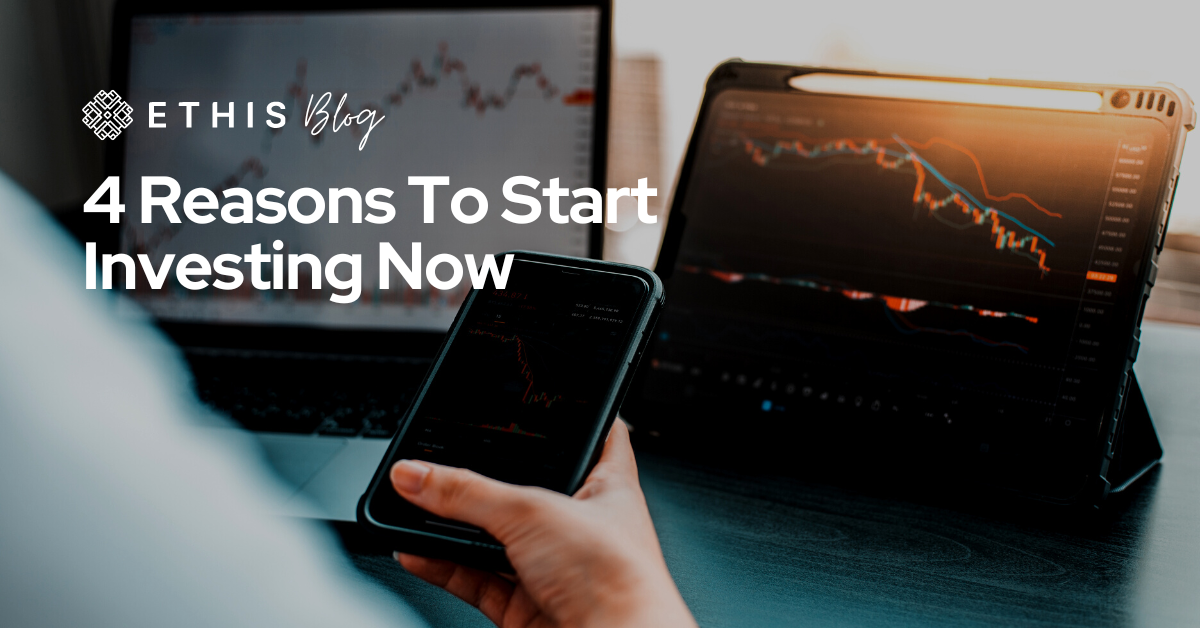
Top Posts
Islamic P2P Crowdfunding Explained
How to Earn Halal Money? The Money Mindset
Halal Investments for Singapore Muslims? It’s time for a shake-up in the Islamic Investments scene.
Smart investment for making Halal money
3 Reasons Why Property Crowdfunding is the Smart Investment for You